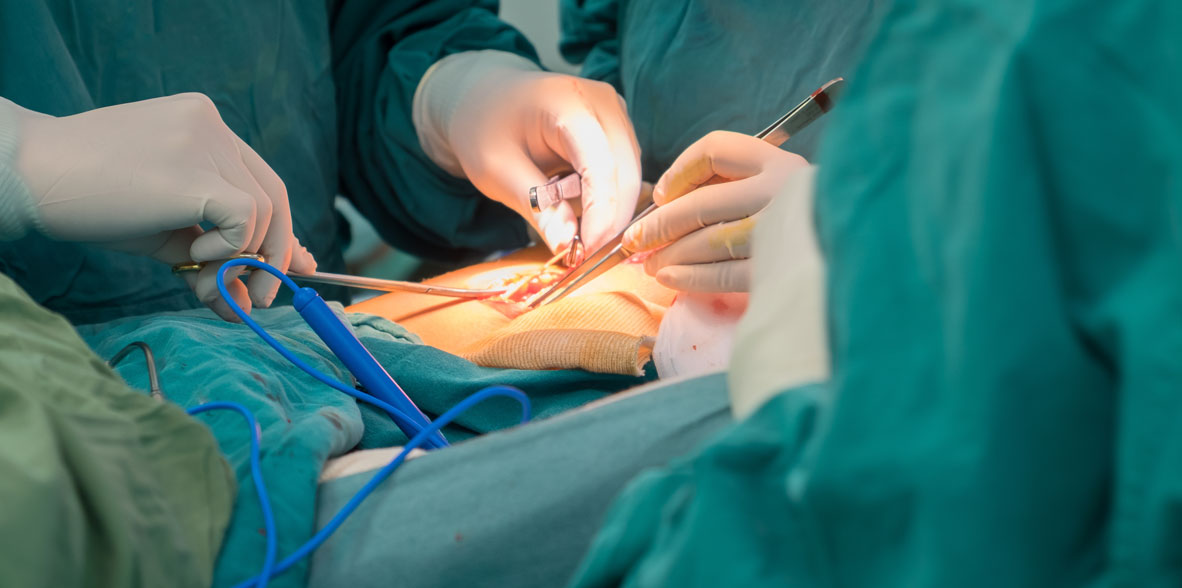

 Centro Médico Teknonen/health-centers/centro-medico-teknon
Centro Médico Teknonen/health-centers/centro-medico-teknon
 Subcutaneous reservoir for adjunctive treatment or chemotherapy
Subcutaneous reservoir for adjunctive treatment or chemotherapy
Normally the oncologist and hematologist recommend the patient the placement of a subcutaneous reservoir-port a cath to facilitate the treatment of chemotherapy and offers greater comfort to the patient.
It is an outpatient surgical technique, which does not require general anesthesia, it is performed under local anesthesia. Subsequently, a chest X-ray is performed to verify that the port to cath and the catheter are placed correctly. When chemotherapy is finished and in agreement with the responsible oncologist, the porth a cath is removed easily and under local anesthesia.
The advantages of carrying a port to cath are as follows:
- You don't need to find a vein every time you have a round of chemotherapy. A special needle is punctured in the port a cath, which is easily palpable because it has a discreet protrusion and avoids unnecessary, annoying and repetitive punctures when there is difficulty finding the veins or they are veins
- The medication goes directly to the heart and main vessels, thus being its effectiveness greater and more easily transported.
- Some types of chemotherapy are very annoying, irritating and even harmful if injected into superficial and peripheral veins, so the port a cath avoids these discomforts and the possible complications they entail.
Like any surgical technique, complications and / or problems may occur when performing the technique or while carrying the subcutaneous reservoir - port a cath:
- Pneumothorax
- Hematoma
- Haemorrhage
- Infection
- Extravasation of medication
- Foreign body rejection
- Problem with the catheter



































